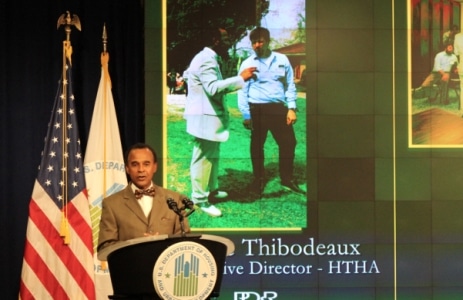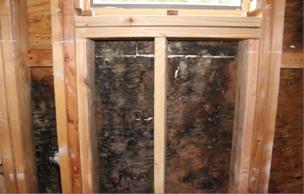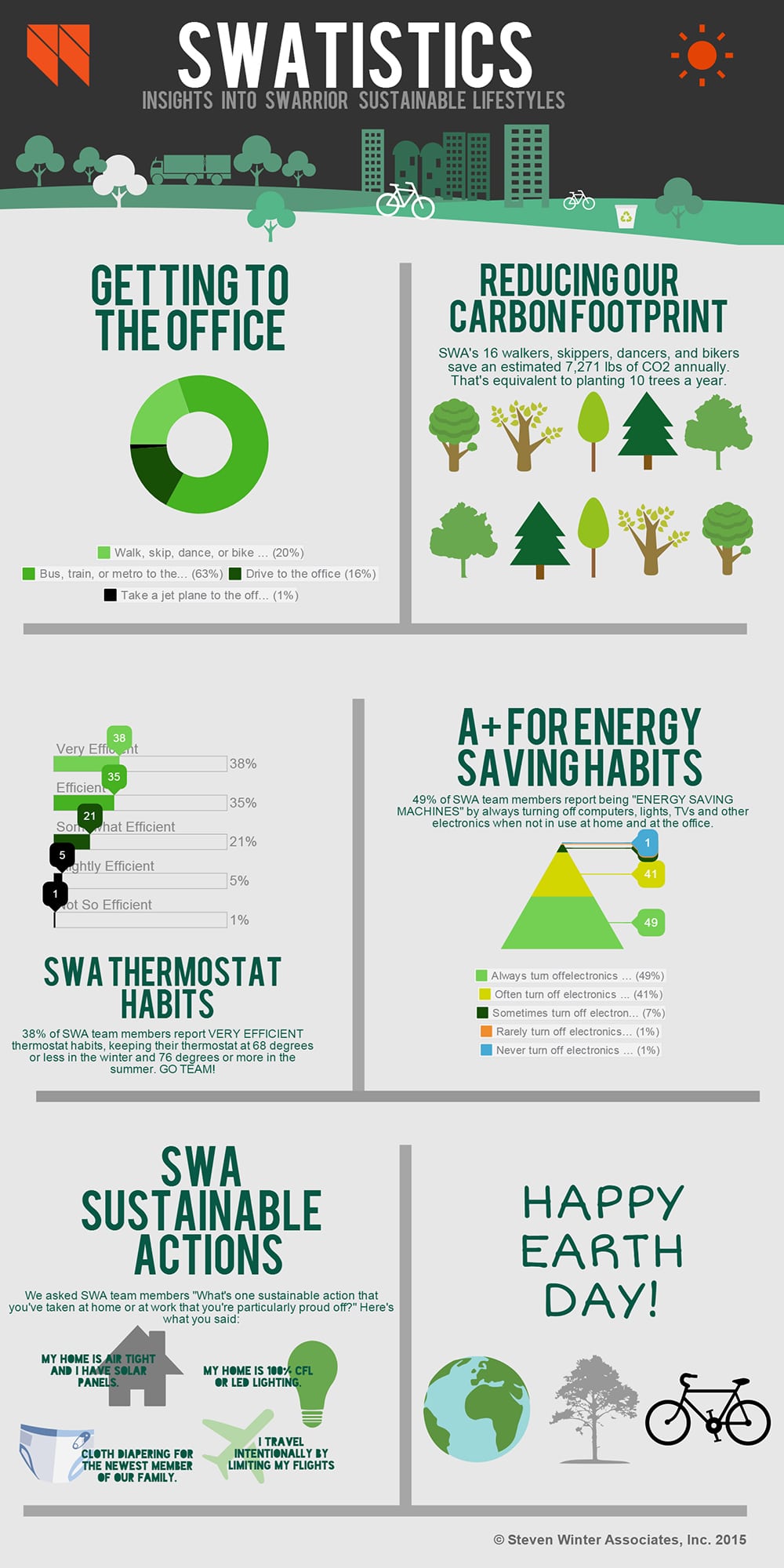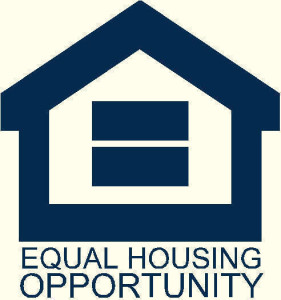- May 27, 2015
- 0 Comments
- In Certifications & Programs
- By
Written by Anna Speed, SWA Sustainability Consultant
After 61% of those surveyed at Greenbuild 2014 replied that that they were not prepared, or were unsure if they were prepared for the inception of LEED® version 4 (v4), the United States Green Building Council (USGBC) announced that it would allow LEED users to register projects under the LEED version 3 (v3) rating system until October 31, 2016. The original date for LEEDv3 registration to close was June 27, 2015. The USGBC made their decision to extend the deadline based on their understanding that LEED users and members needed additional time to prepare for v4, which is more stringent and requires greater cooperation from manufacturers and suppliers.
As a result of the extended deadline, the USGBC offers projects the ability to pursue LEEDv4 credits while registered under the LEEDv3 rating system. One credit for example is Materials and Resources Pilot Alternative Compliance Path 84 where project teams can pursue the entire LEEDv4 Materials and Resources (MR) Category in place of the MR credits from LEEDv3. This includes Storage and Collection of Recyclables, Construction and Demolition Waste Management Planning, Building Life-Cycle Impact Reduction, Building Product Disclosure and Optimization (Environmental Product Declarations, Sourcing of Raw Materials and Material Ingredients), and Construction and Demolition Waste Management. (more…)







